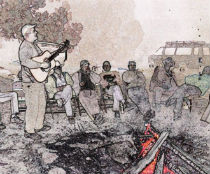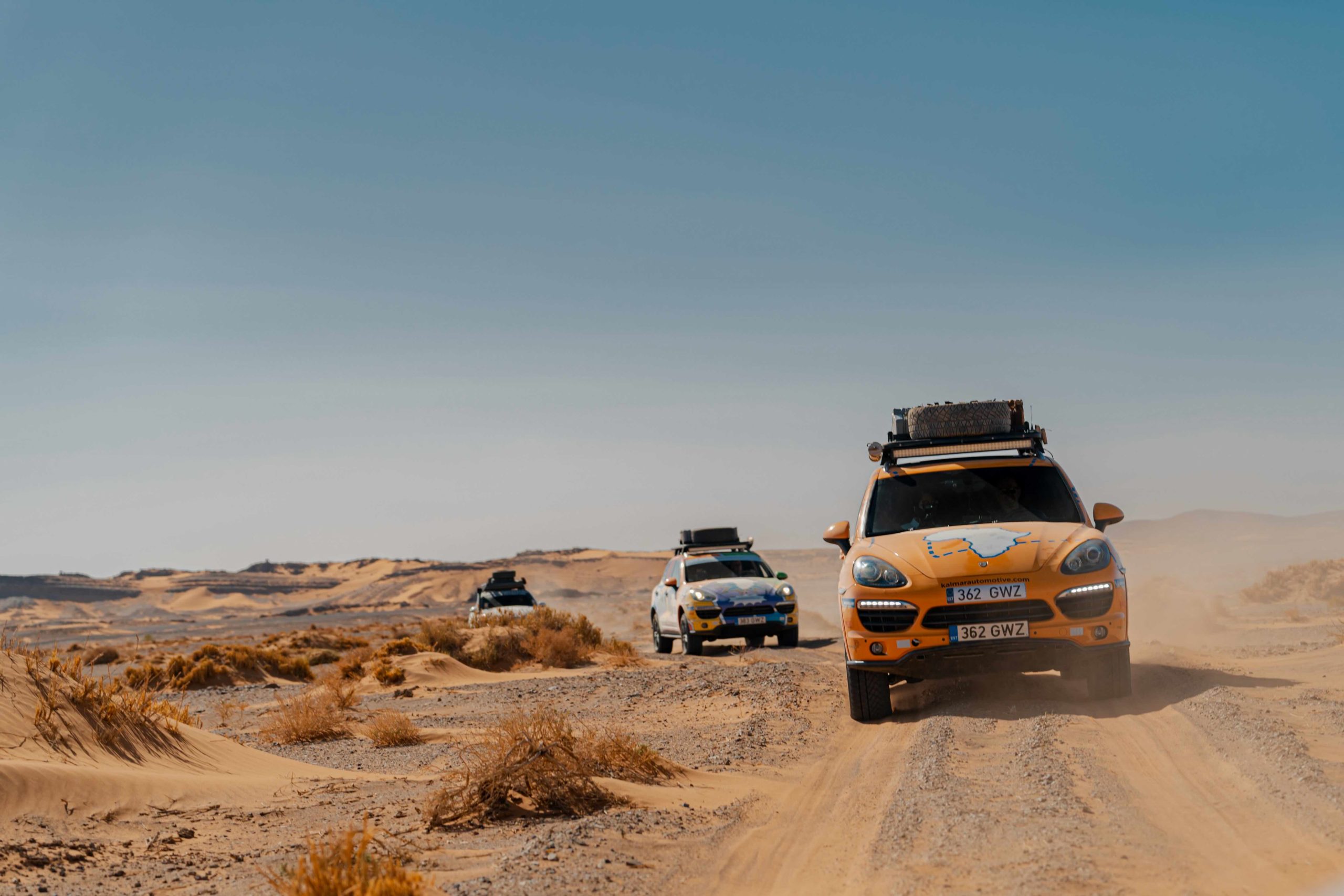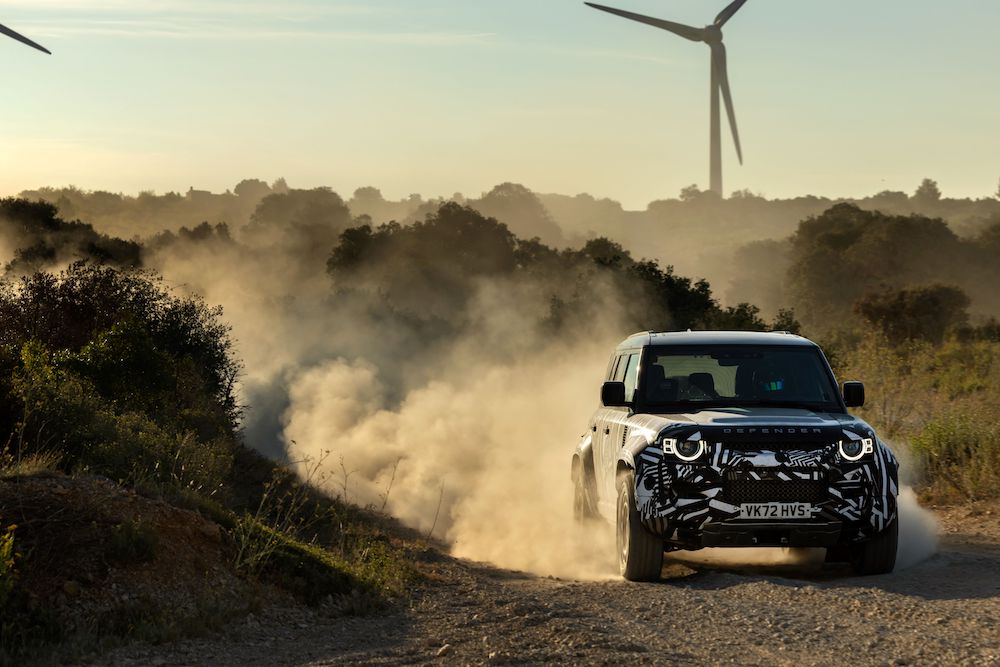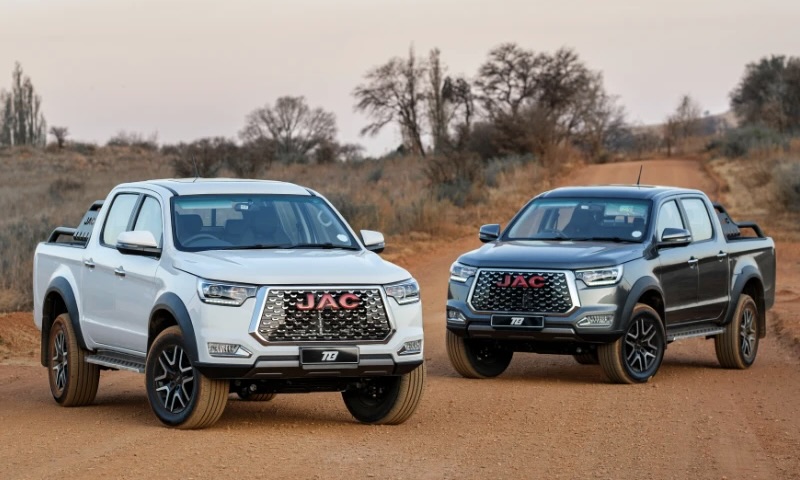Text and photographs: Conor O’Hagan Ward
There is no substitute for experience when it comes to preparing for a significant expedition into the wilderness, whether it is your own experience or that of others. A wise man will certainly listen to all guidance and advice and take from it the pearls of wisdom applicable to his own situation.
Way back in the early 1940s, Norwegian adventurer Thor Heyerdahl dreamed up an epic journey on a raft across the Pacific Ocean, from South America to Polynesia, to prove that in pre-Columbian times such a journey was not only possible but probable.
To prove this he constructed a raft solely out of materials available to the people of that time, using only the tools and technology of the period. He named the craft “Kon-Tiki”. In his book The Kon-Tiki Expedition, Thor makes special reference to one of his most fundamental challenges in achieving a successful journey; choosing a crew.
He understood the need to choose the right people for the very difficult undertaking. They would be confined to a very small area for a long period of time, under the most trying conditions, and people getting on with one another was of paramount concern.
When I first read his book, as a schoolboy in the sixties, this was the most profound challenge I could imagine, and in a way it became my earliest understanding of the term “complimentary diversity”. It is commonly stated, especially in “soon-to-be-wed” circles, that opposites attract. Perhaps so, but for how long does the glue hold after that initial attraction? People who are too similar also often clash, so the challenge is to carefully evaluate the attributes and weaknesses of everyone, including yourself, to achieve a cohesive group.
Good humour, tolerance and a positive attitude are the basic characteristics needed as a solid foundation for an expedition, which may well be liberally sprinkled with all manner of hurdles that will test the mettle of all concerned. An effective group leader is also essential for any undertaking. Too much democracy can spell chaos, so good communication at all times and strong leadership are vital for a happy experience.
A well thought-out plan is the very core of an expedition. The plan encompasses almost every facet of the exercise, from the route to the daily targets, the stop-over points, the places to be visited and the length of stay at each and so on.
A good plan should also include the division and allocation of labour and chores and the allocation of specific responsibilities. The plan should refer to finances and budgets, specifying what expenses are for the “kitty” and what will be for “own account”. The more detailed the plan is, the better the chances of success are for the trip.
I have always tried to make use of the individual talents of all members of a group, even if some are more multitalented then others.
Also beware of flogging a willing horse, as this is very easy to do.
My worst situation is when, just before departure on a trip, I notice a guitar in someone’s vehicle. My giddy aunt! We have an entertainer in our midst! The life and soul of the party!
As evening falls and we gather about the potjie, this fired-up fellow will hardly be able to contain himself and will unsubtly suggest that a singsong would be nice. This announcement will be made after the guitar has been strategically placed behind his seat. Even before a reply has been made, the instrument (possibly with a mouth organ attached to it) will be brandished with a flourish.
Rousing numbers such as “Bobbejaan klim die berg”, “Marching to Pretoria” and my all time favourite, “L? nou Tanta Sannie”, will be roared out, thus ending all possibility of good conversation and enjoying the surroundings.
I have always been of the opinion that musical instruments in scenarios such as these should be declared weapons of mass destruction – of sanity and good conversation. They are a scourge on a peaceful environment and should be banned.
But back to planning. When the great Antarctic explorer Roald Amundsen was asked what his key to success would be he replied, “Doks (Dogs), doks and more doks”. Robert Scott, another Antarctic explorer, had a strategy that in the end let him down. On an expedition to reach the South Pole he left stockpiles of food and fuel (for warmth and cooking) along the way to use on his return. In the end, due to massive storms and blizzards, he simply couldn’t find his caches and he and members of his crew perished. David Livingstone took all his supplies along with him, loaded on the heads and shoulders of porters.
I once had the privilege to meet and chat to Sir Edmund Hillary. I asked him how, with the relatively basic equipment he had at his disposal, he made it to the top of Everest. “I don’t know mate”, he said modestly. “It had to be done.”
Whatever your strategy, plan for all possibilities. If you can find the synergy of simplicity and comfort, you are on your way to success.
My own experience has shown time and time again that the following rules make for a hassle-free experience:
* Plan each day so that you are finished driving by no later than 4pm. Allow for plenty of daylight to establish camp and clean up.
* Allow for rest days with no driving, to recuperate and enjoy the area you are in. Remember that driving is only really fun for the driver and not so much for passengers.
* Plenty of hot water in camp, accompanied by a user-friendly shower system, is vital for smiles all round. I might add that I have yet to encounter a perfect shower arrangement.
* Pre-cooked frozen meals are an easy way to cater for one-night stopovers. Remember to start defrosting well before arriving at your destination.
* If you favour the portable throne always sprinkle a liberal quantity of Scrubb’s ammonia over the covered hole to discourage nocturnal visitors from locating the offering and digging it up. There is nothing worse than waking up in the morning to a dug-up toilet?









